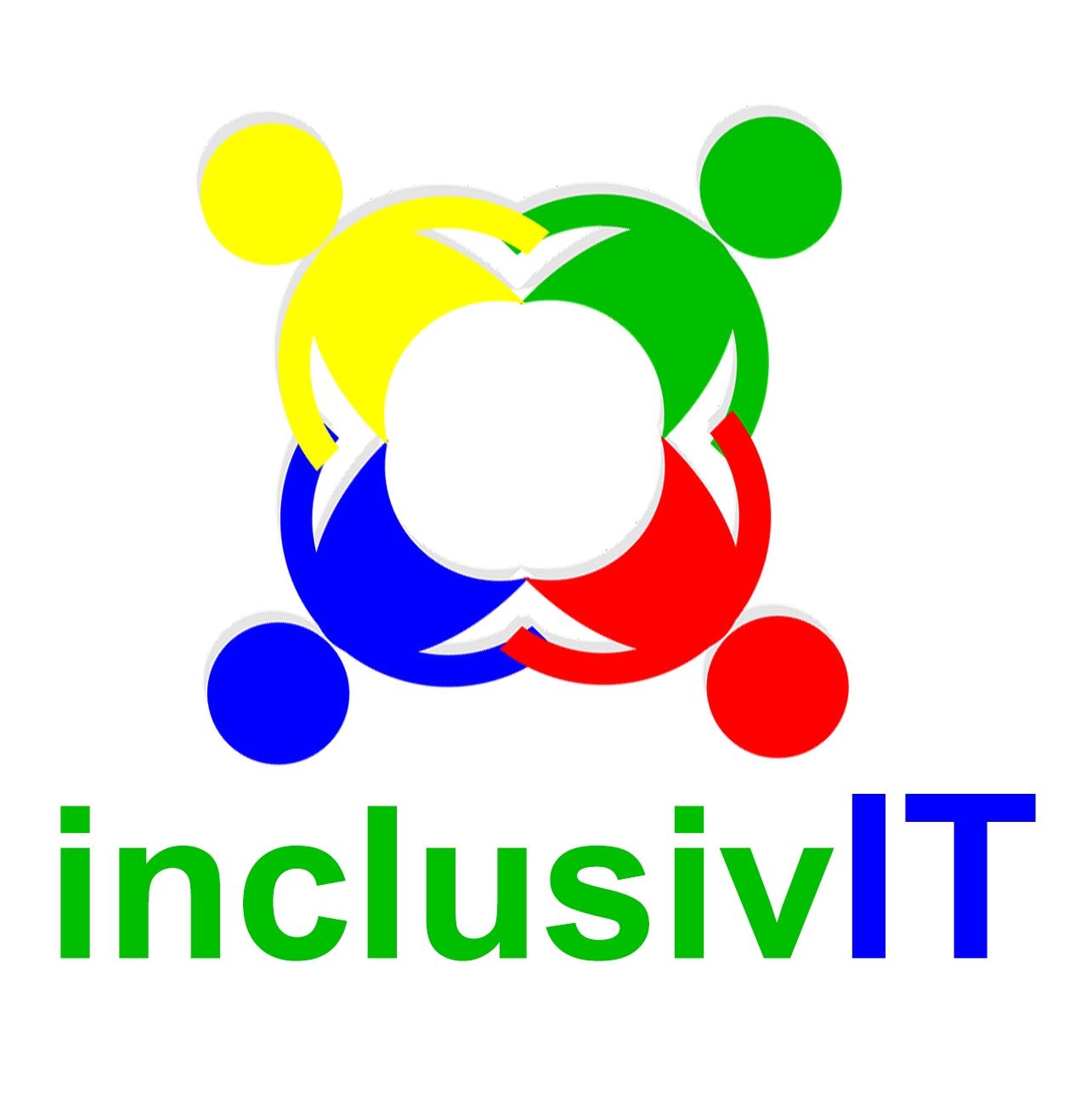Project Description
Our Project
When you have to go, you have to go! But where to go?
When travelling on public transport, this can be a challenge for people with less mobility needing to use an accessible toilet – that’s where we come in.
The project makes data useful for people who need to find accessible toilets in different locations when they are using public transport. It is a small solution to a big problem: the call of nature cannot be ignored! So we’ve created a ‘map app’ and this is how it works:
Main Functions
- Our user can see all the train stations, wharfs and light rail of NSW (including interstate destinations)
- Our user can filter the results to show only stops with accessible toilets
- Our user can select location by address
- When clicking a marker on the map, the user can see more information about accessibility and facilities on that location
- Our user can filter by one or more facilities or accessibility (to be implemented)
- Our user can use current location (to be implemented)
Technical Aspects
- Markers are displayed using Google Maps API
- Location and Information about facilities and accessibility are retrieved from a NSW Government dataset
- Dataset: https://opendata.transport.nsw.gov.au/dataset/public-transport-location-facilities-and-operators - File [LocationFacilityData.csv] downloaded on 7/9/19 from Transport for NSW's Open Data Portal.
Tehnologies used
- HTML, CSS, JavaScript
- Knockout.js
- JSON
- Google Maps API
Our Team
Our team, inclusivIT, is a bunch of web students past and present, their teachers and a couple of non-IT members thrown in for good measure. People of all ages and abilities – a cheerful bunch! We wanted our project to be something that would foster an inclusive community and enhance the use of public facilities for people living with a disability. Our inspiration came from one of our team members – her name is Irena and she is profoundly deaf. When we asked Irena to be part of the team, she must have been apprehensive. How to be part of a group that thrive in noise when you are locked in silence? And we were apprehensive too. We wanted her to feel welcomed but did not know quite how to engage with her in a genuine and congenial way. If it started out a bit awkward, we soon forgot about any difference. We used our mobile phones and Slack app to type messages back and forth, it was easy, we had a lot of laughs - although a person we should not name was a bit slow on the fingers’ work and chose to use the good old pen and paper to ‘talk’ to Irena. We won’t judge that person: we’re all for inclusion!
Team Logo
We have tried to convey the idea of inclusion to our team name and logo. Our logo depicts people of different colours forming a closed circle; this represents people of all abilities, background, age, sex, etc (you get the drift) coming together in unison. inclusivIT combines the word inclusiv (a bit of a licence on the spelling of inclusive - hope the purists will forgive us) and the word IT (pronounced as one word - it). We are after all IT passionates, (minus a few) and we have been using technology throughout this project and this short journey. inclusivIT depicts a human-centric approach to the design of solutions.
Project Logo
Accessible Toilet Finder: the name says it all and the image reinforces the message. We have kept our logo simple and unequivocal and the use of only two colours helps with clarity.
Data Story
Dataset from Data.NSW provides facilities of accessible toilets at available train stations.
The Dataset, originally a csv file, was converted to JSON and integrated with Google Maps API
* Latitude and longitude columns were used to generate markers on the map
* Facilities and Accessibility columns were used to populate the markers information box
Dataset from ABS (Australian Census Longitudinal Dataset) provides a snapshot of the number of people with disabilities who were not provided assistance 2006-2011.
From a total of 14.8 millions, unpaid assistance to 12.5 million Australians with disabilities were not provided.
Datasets:
https://opendata.transport.nsw.gov.au/dataset/public-transport-location-facilities-and-operators - File [LocationFacilityData.csv] downloaded on 7/9/19 from Transport for NSW's Open Data Portal. This is a NSW Government dataset.
http://stat.data.abs.gov.au/# - Australian Census Longitudinal Dataset (ACLD): Unpaid assistance to a person with disability, 2006-2011.
Our Vision
We consider this project to be the start of a conversation. How can we enhance the quality of living in our communities for people who are less able? How can we engage with government services and businesses to promote solutions for our neighbours and friends who struggle at times to do the things that we all take for granted.
Our app is a start that can be upgraded to include real time data of staff availability on more remote train platforms as well as availability of lifts. It can include sensors along pathways and roads to guide the visually impaired, to make ordering at restaurants and fast food outlets easy, to order a taxi, to find disable access to buildings. With current technology including IoT, Big data, and a wide variety of analytics software, increasing connectivity and open data, there is a way: we now need to find the will.


